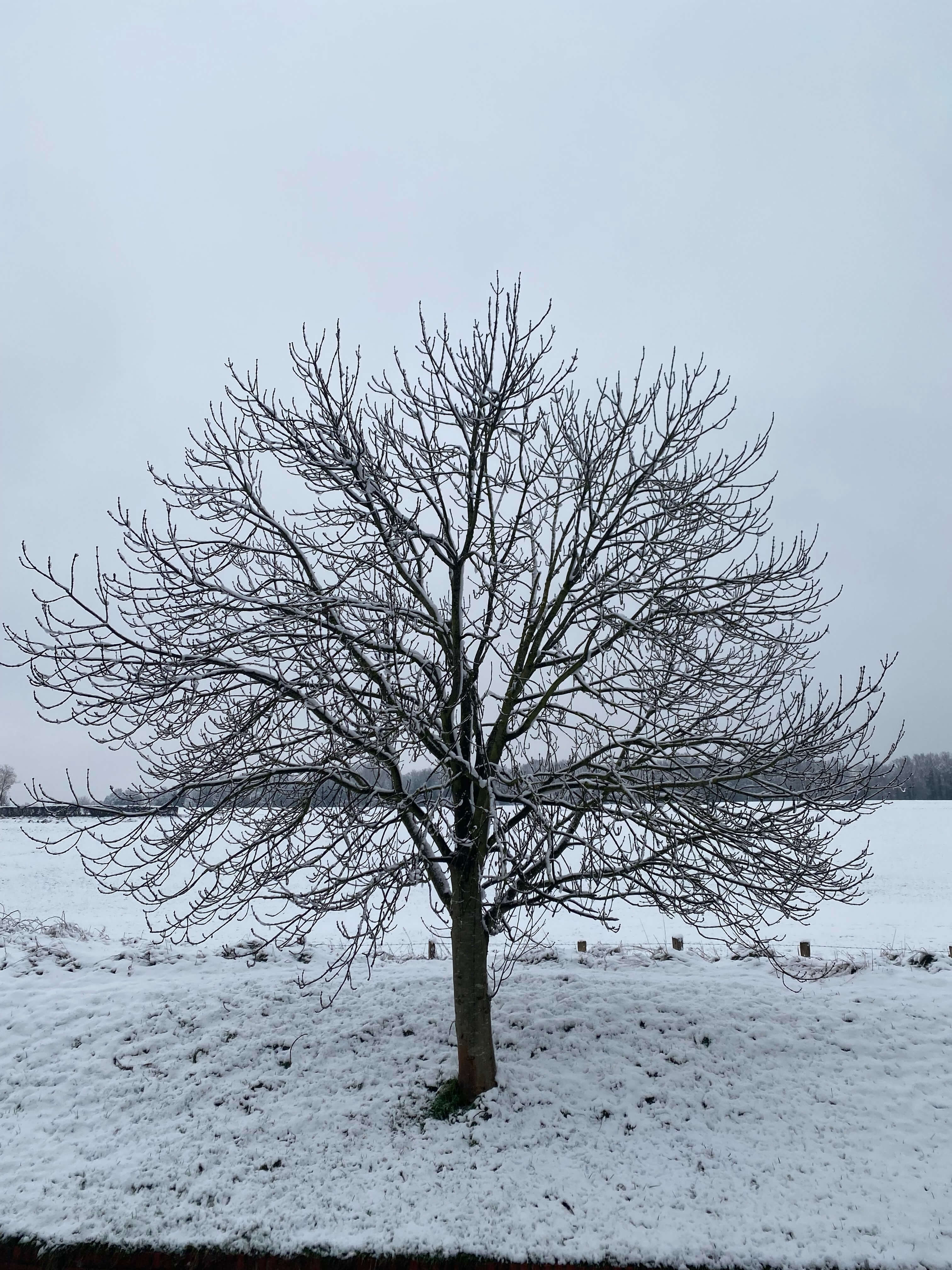
Perfect tree with a fractal pattern.
Photo by Liz Pullan Pattathy on Unsplash

Perfect tree with a fractal pattern.
Photo by Liz Pullan Pattathy on Unsplash
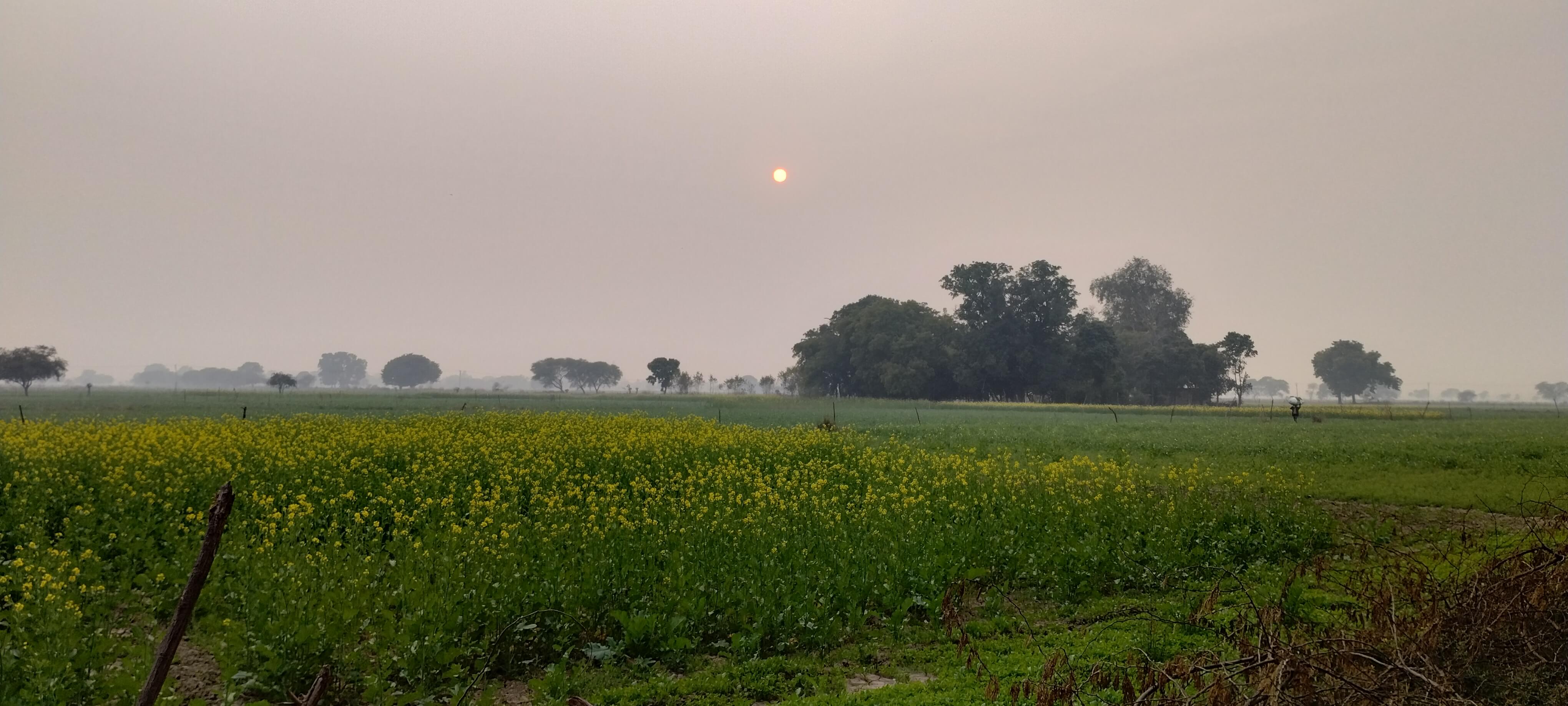
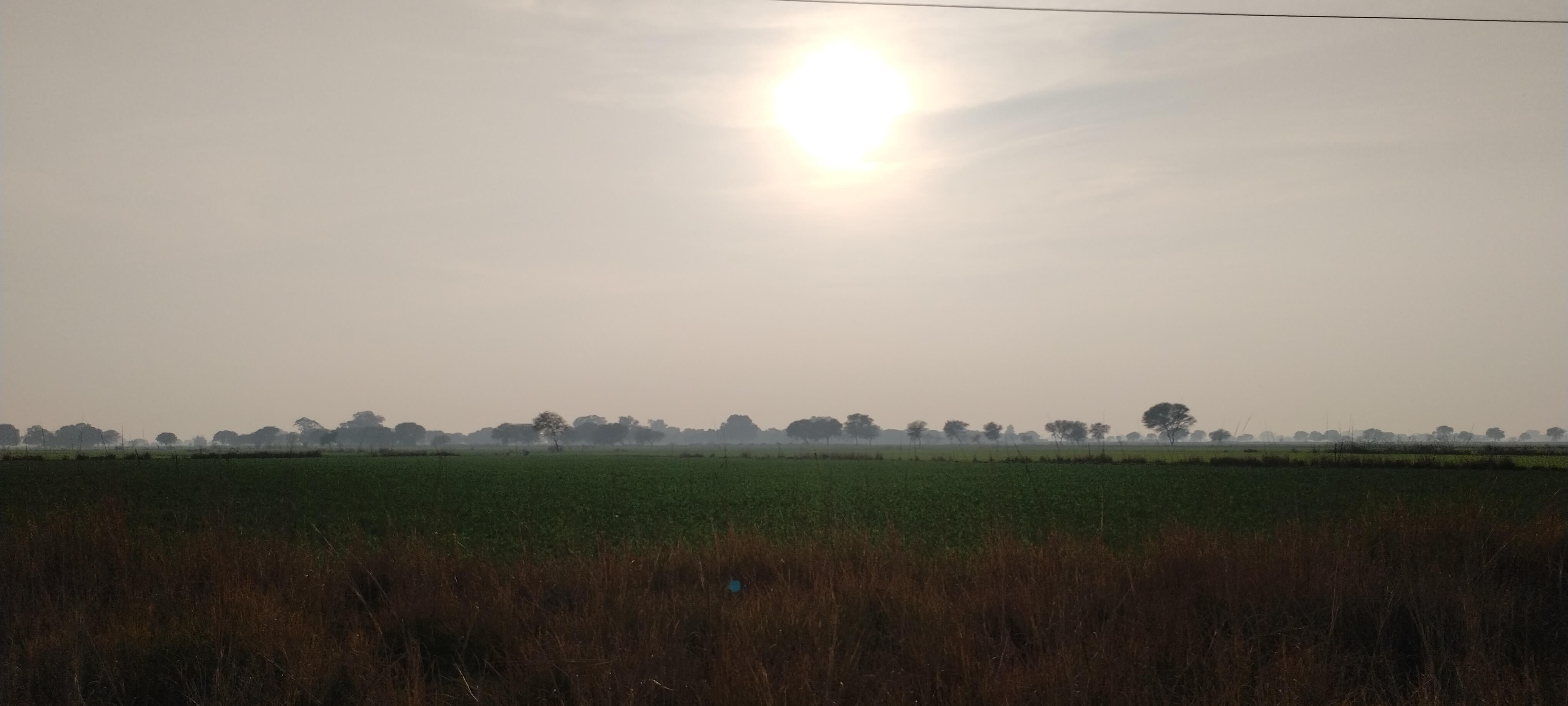
View from my ancestral farms
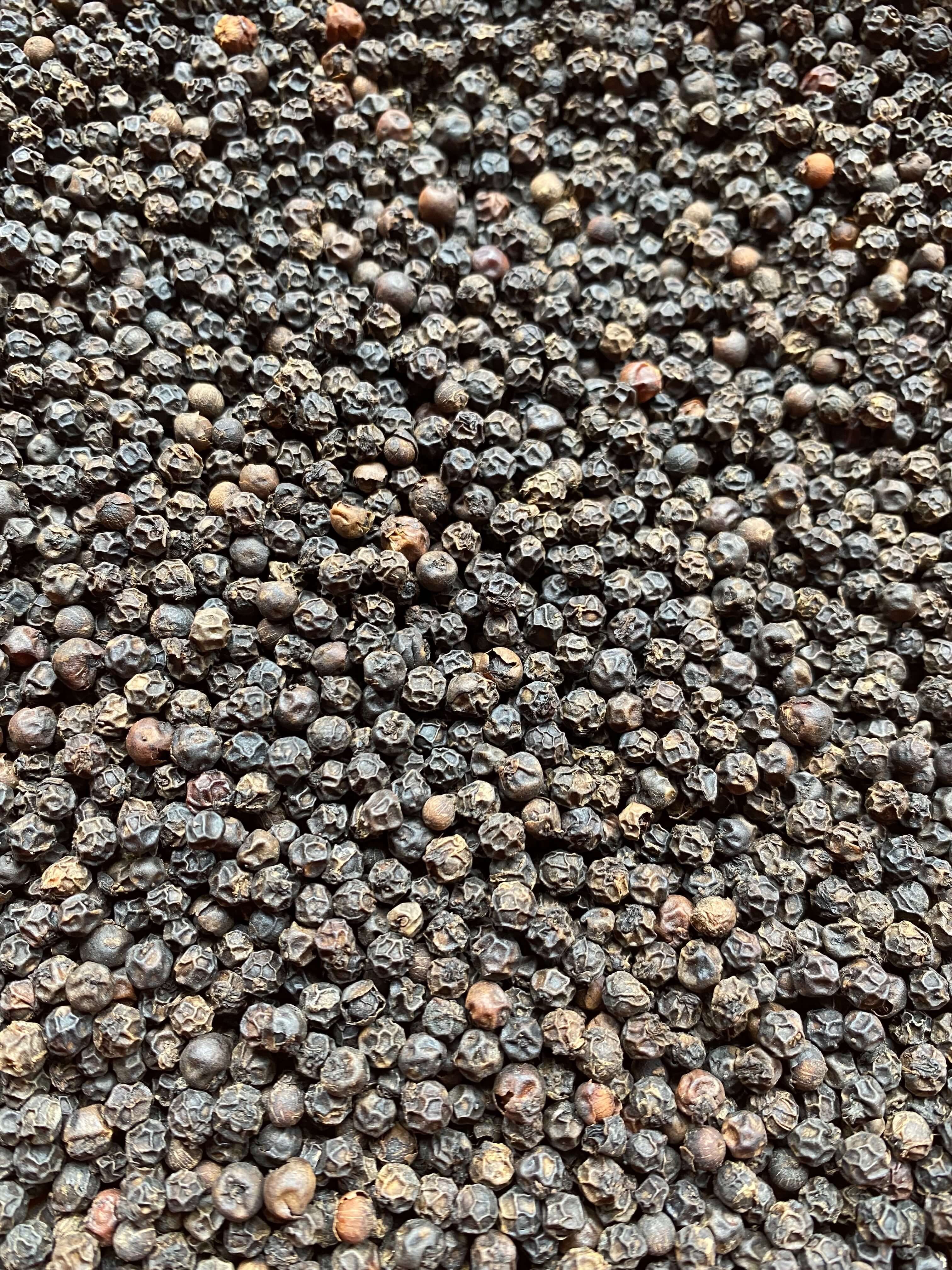
Pepper, black gold of the earth, Spicy and bold, a true treasure, From the vine it springs forth, A spice beyond measure.
In every dish it lends its flair, A flavor that can’t be beat, A dash of pepper, black gold, Makes every meal complete.
It travels far and wide, A sought-after prize, A trading commodity, Throughout the ancient skies.
Black gold, pepper, a spice divine, A treasure to be savored, In every meal, a touch of class, Pepper, black gold, forever favored.
Generated by ChatGPT
Photo by Liz Pullan Pattathy on Unsplash
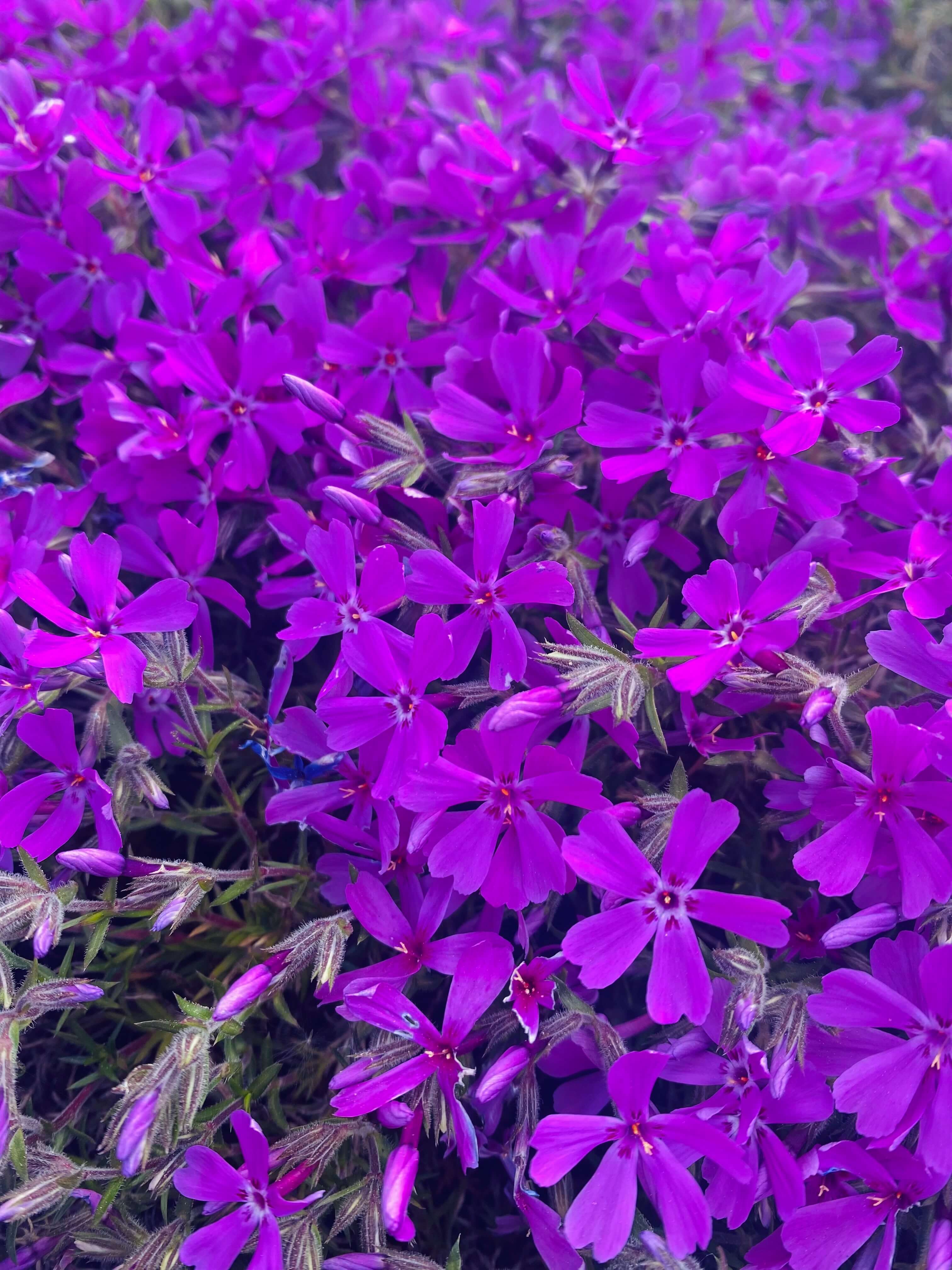
Purple is a rare color seen in nature. Enjoy while you can witness it.
Photo of Moss Phlox by Liz Pullan Pattathy on Unsplash